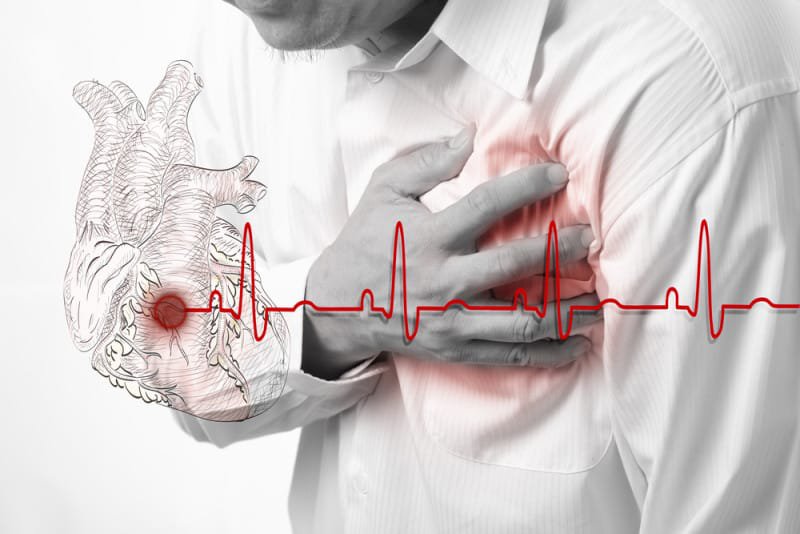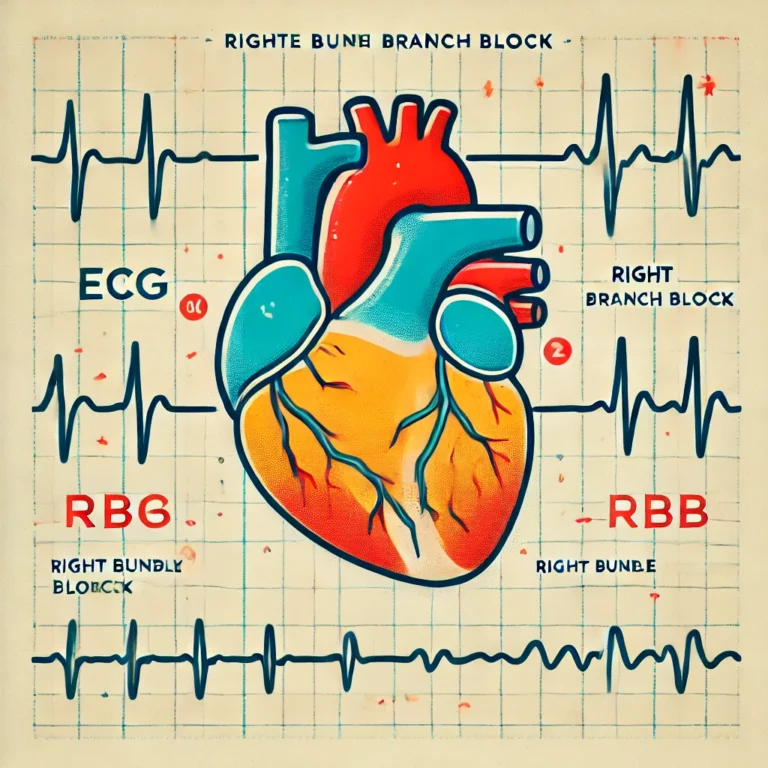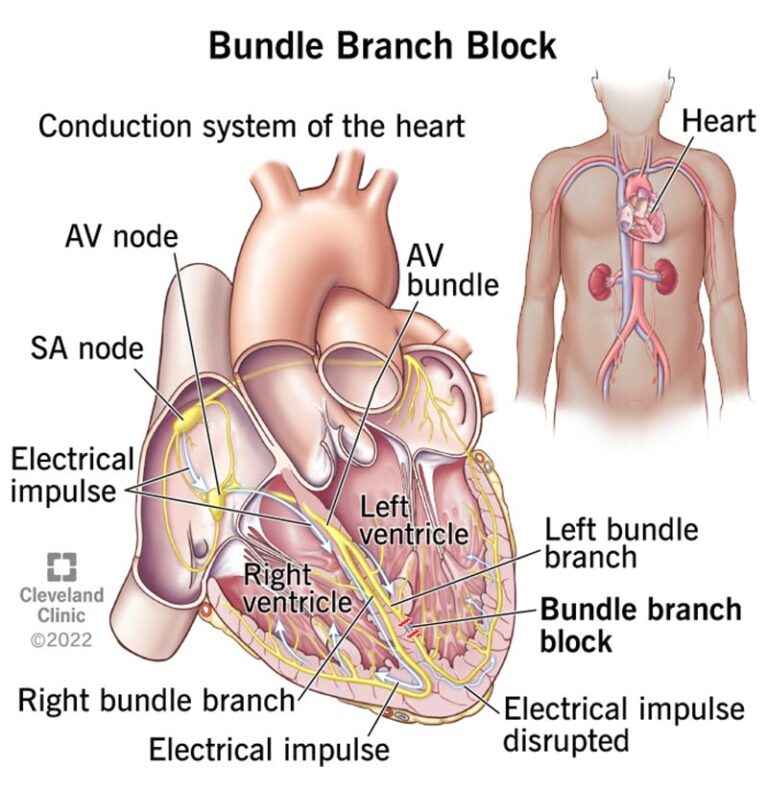Diastolic dysfunction refers to a condition where the heart’s ability to relax and fill with blood is impaired. This issue occurs in the left ventricle, the heart’s main pumping chamber. Grade 1 diastolic dysfunction, also known as mild diastolic dysfunction, is the earliest and least severe stage of this condition. While it may sound alarming, it’s crucial to understand what it means for your health and longevity.
What is Grade 1 Diastolic Dysfunction?
Grade 1 diastolic dysfunction is characterized by a slight delay in the relaxation of the left ventricle. In a healthy heart, the ventricle relaxes smoothly after each contraction, allowing it to fill with blood efficiently. However, in diastolic dysfunction, this process becomes less efficient, leading to a decrease in the heart’s ability to fill with blood.
At the Grade 1 stage, this dysfunction is often referred to as “impaired relaxation.” It’s typically a subclinical condition, meaning that it may not cause noticeable symptoms. Many people with Grade 1 diastolic dysfunction live normal lives without realizing they have this condition. However, it’s essential to monitor the condition, as it can progress to more severe stages if left unmanaged.
Symptoms of Grade 1 Diastolic Dysfunction
As mentioned earlier, Grade 1 diastolic dysfunction is often asymptomatic. However, some people may experience subtle symptoms, which can include:
- Shortness of Breath: You might feel breathless during physical activities, such as climbing stairs or walking briskly.
- Fatigue: Even after a good night’s sleep, you may feel unusually tired throughout the day.
- Mild Swelling: Some individuals may notice slight swelling in the legs, ankles, or feet.
- Palpitations: An irregular or rapid heartbeat may occur occasionally.
It’s important to note that these symptoms can be caused by various conditions, not just diastolic dysfunction. If you experience any of these symptoms, it’s advisable to consult with a healthcare professional for an accurate diagnosis.
Diagnosing Grade 1 Diastolic Dysfunction
To diagnose Grade 1 diastolic dysfunction, a doctor will typically perform a series of tests, including:
- Echocardiogram: This ultrasound of the heart is the most common tool used to assess diastolic function. It provides detailed images of the heart’s structure and movement.
- Doppler Ultrasound: This test measures blood flow through the heart’s chambers and can help detect impaired relaxation.
- Electrocardiogram (ECG): An ECG records the electrical activity of the heart and can reveal abnormalities in the heart’s rhythm.
These tests are non-invasive and provide essential information about the heart’s function, helping doctors determine the presence and severity of diastolic dysfunction.
Factors Affecting Life Expectancy with Grade 1 Diastolic Dysfunction
One of the most common concerns for individuals diagnosed with Grade 1 diastolic dysfunction is, “How long will I live with Grade 1 diastolic dysfunction?” The good news is that, in many cases, life expectancy is not significantly affected by this condition. Several factors play a role in determining the outlook for individuals with Grade 1 diastolic dysfunction:
- Age: Older adults are more likely to develop diastolic dysfunction. However, in the early stages, it may not substantially impact life expectancy.
- Overall Health: Individuals with good overall health, including a healthy diet, regular exercise, and no other chronic conditions, are likely to have a better prognosis.
- Management of Risk Factors: Conditions such as high blood pressure, diabetes, and obesity can exacerbate diastolic dysfunction. Managing these risk factors is crucial for improving long-term outcomes.
- Progression to Higher Grades: Grade 1 diastolic dysfunction can progress to more severe stages if left unmanaged. However, with appropriate care and lifestyle changes, the progression can often be slowed or prevented. Also read here: University Family Medicine Pueblo Colorado: Comprehensive Care for the Community
Can Grade 1 Diastolic Dysfunction Improve?
With the right lifestyle changes and medical management, it’s possible to improve or stabilize Grade 1 diastolic dysfunction. Some strategies that may help include:
- Lifestyle Modifications: Adopting a heart-healthy lifestyle is key. This includes eating a balanced diet rich in fruits, vegetables, and whole grains, staying physically active, maintaining a healthy weight, and avoiding smoking and excessive alcohol consumption.
- Medications: Depending on your overall health and the presence of other conditions, your doctor may prescribe medications to help manage blood pressure, cholesterol, or other factors that could worsen diastolic dysfunction.
- Regular Monitoring: Regular follow-up appointments with your healthcare provider are essential to monitor the condition and make any necessary adjustments to your treatment plan.
The Importance of Regular Check-Ups
Even if you’re not experiencing any symptoms, regular check-ups are crucial for monitoring the progression of Grade 1 diastolic dysfunction. During these appointments, your doctor will assess your heart’s function and check for any changes in your condition. Early detection of any worsening can allow for timely interventions to prevent further complications.
Conclusion: Living with Grade 1 Diastolic Dysfunction
In summary, Grade 1 diastolic dysfunction is a mild form of heart dysfunction that many people live with without significant impact on their daily lives or life expectancy. The key to managing this condition lies in regular monitoring, lifestyle changes, and addressing any associated health issues. By taking proactive steps, you can maintain your heart health and enjoy a long, fulfilling life.
While Grade 1 diastolic dysfunction may sound concerning, it’s important to remember that it is manageable, and with the right care, many individuals live healthy lives with this condition. If you’ve been diagnosed with Grade 1 diastolic dysfunction, work closely with your healthcare provider to develop a personalized plan to keep your heart healthy for years to come.













